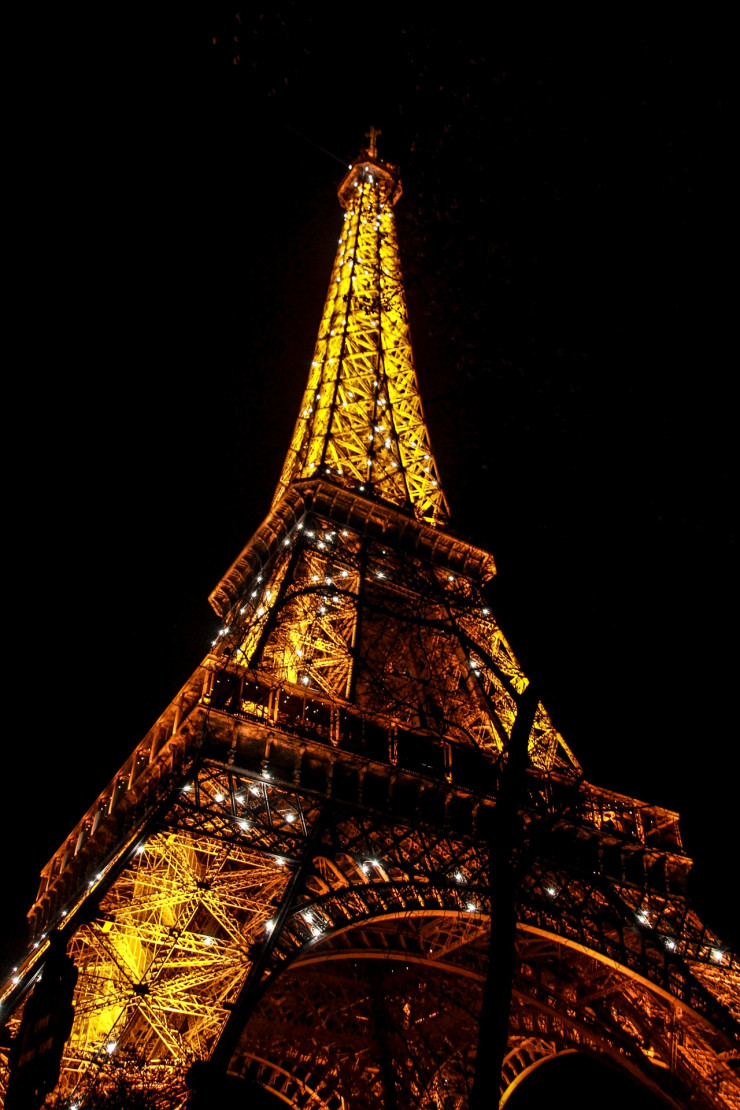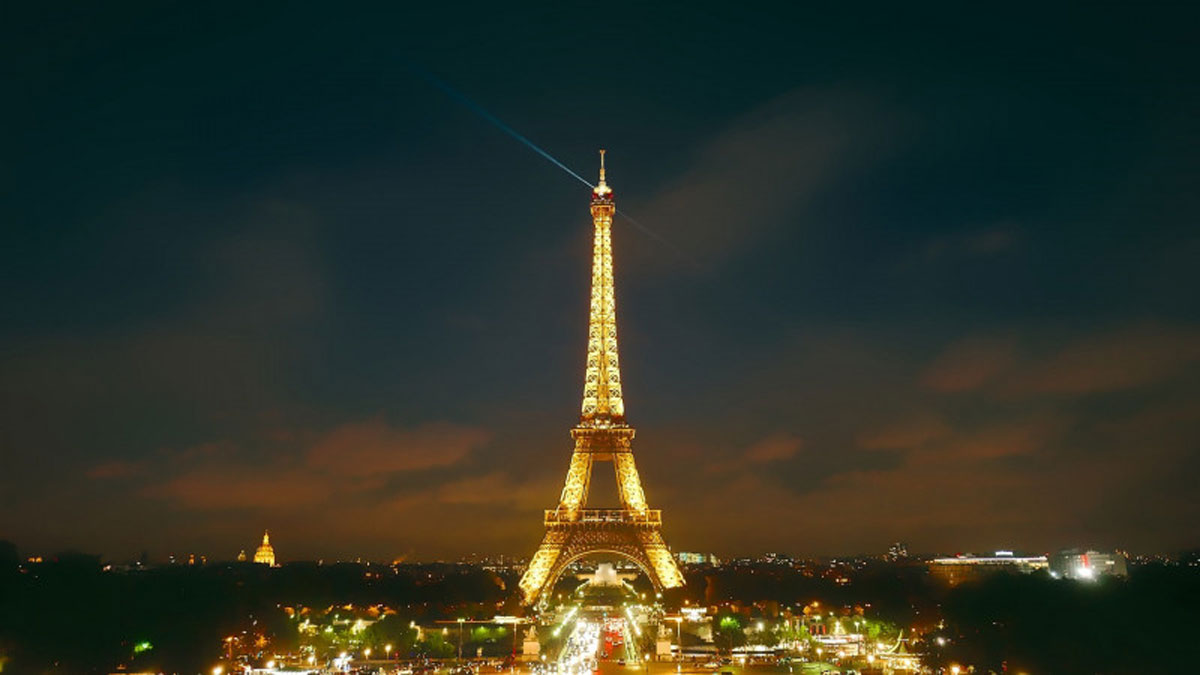The Eiffel Tower is France’s most famous landmark, featured in countless photographs and postcards. The legendary symbol of Paris looks especially beautiful at night when illuminated by 20,000 light bulbs. However, it turns out that it is impossible to photograph the Eiffel Tower at night and upload them to the public. Why?
Features of French law
The reason for such a strange ban lies in French copyright laws.
In France, the author’s right to an object he created is valid for 70 years after his death. The author of the structure, engineer Gustave Eiffel, died in 1923, respectively, 70 years after his death, the structure became public domain. It became possible to use her images for commercial purposes, and in some cities, they even began to build copies of her: from Las Vegas to Tokyo.
The backlight appeared on the tower only in 1985. The project was developed by lighting designer Pierre Bidou, and for 70 years (until 2055) the copyright will belong to him, so taking pictures of the illuminated Eiffel Tower is officially a violation.

Panorama freedom
It is noteworthy that in the French legislation, there was one loophole that allowed to circumvent this ban. This is the concept of “freedom of the panorama” – the ability to make and distribute photographs of objects of architecture, painting, and art, protected by copyright. But since 2016, restrictions on this freedom have been introduced for objects of architecture and sculptures. Since then, they can only be photographed for personal use. Posting photos publicly on social media can result in a fine. To publish the pictures, you must obtain permission from the management company Société d’Exploitation de la Tour Eiffel.
Judgment will not
However, you should not frantically rush to delete all photos of a high-rise building from your accounts and archives right now. The Internet is boundless: literally, millions of photos of the illuminated Parisian iron beauty are posted on hundreds of sites and in the profiles of thousands of social network users.
On Instagram alone, the hashtag #eiffeltoweratnight posted more than 84 thousand photos. The management company does not have enough time or money to deal with each of them.
Copyright holders need to send letters to the authors of the images demanding that the photo be removed, and if the request is ignored, the company will be able to go to court. It is simply impossible to sue each of the users, so the ban only works on paper. So let’s take a breath and continue to show off our photos of the night views of the Eiffel Tower on our social networks if you were lucky enough to capture them.

